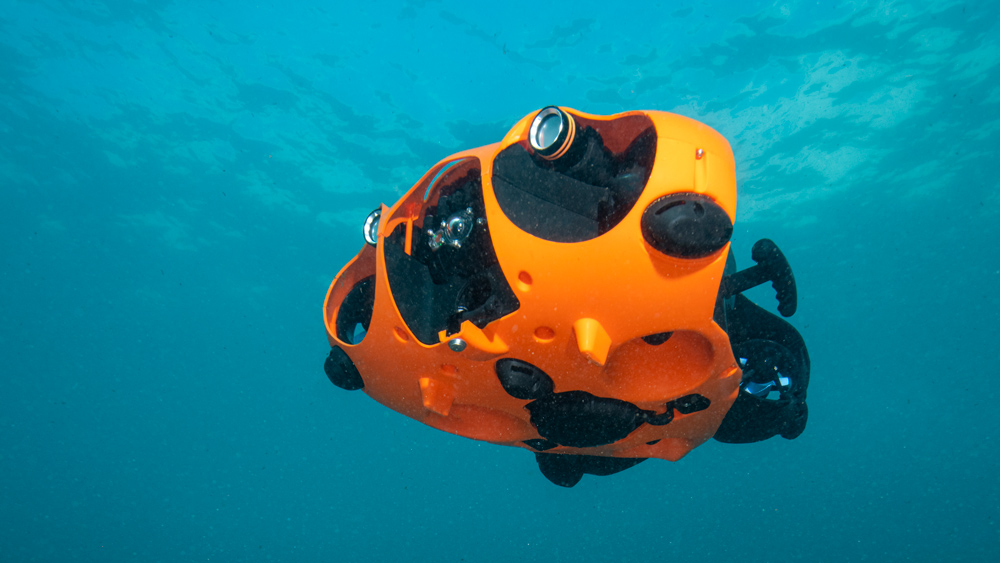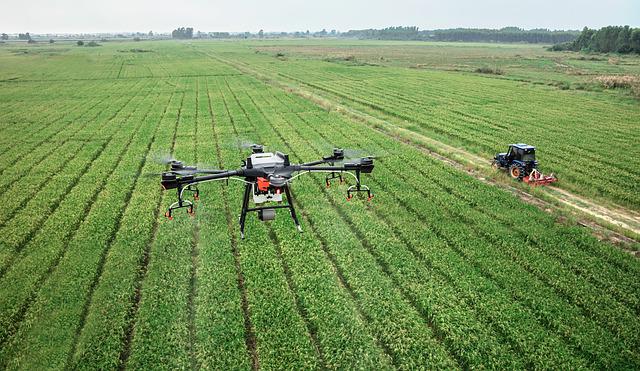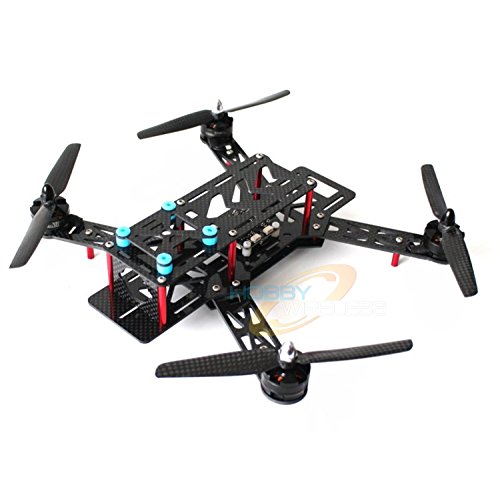
To understand the future of industrial drones, it's helpful to understand some of the key issues surrounding the technology. We'll be talking about Regulations. Sensors. Application. The Future. We'll also discuss the challenges associated with their development. This article is intended to give an overview of these issues, and to discuss how the industry ecosystems could help it grow. These drones have the potential to change the world. They can increase productivity, decrease costs, and save people's lives.
Applications
With its wide range of capabilities, industrial drones have a wide range of uses, including disaster relief, construction, and inspection. An industrial drone can be outfitted with sensors like lidar, ultrasonic distance, and laser. Sensors that can be used to detect time-of flight and chemical changes are also available. Multispectral sensors gather data at both visible wavelengths and invisible wavelengths. While visual sensors can capture still images or video, multispectral ones collect data at both visible as well as non-visible wavelengths. Thermal sensors can monitor hot spots and detect security threats.
Drones also can be used for operations to save man hours and reduce costs. This technology can rescue humans from potentially hazardous situations, aid in traffic control, measure levels of pollution, or perform other tasks. These drones are versatile and growing in popularity. They are used primarily for dangerous or difficult tasks but they also have a place in entertainment and advertisement. Commercial drones can be used to fly banners and perform light shows.
Sensors
Industrial drones can now fly over work sites to collect data. The drones' sensors can measure ambient conditions and chemical compositions. They can also inspect structures such as bridges, pipelines, and power-generation facilities. Sensor pods can include multiple sensors that can attach to the drone. The drone can be operated remotely or by a pilot for more control over the operation. Sensors help the industrial drone reach its goal and provide valuable information.

Multispectral sensors are especially beneficial for forestry, because they have a spectral response that allows them to differentiate between bushes and trees. A hyperspectral camera can produce up to 200 different spectral bands per pixels. Those types of sensors also provide more information than ever, and data collection can reach terabytes per flight. A multispectral scan is typically done using either a push-broom (or whisk-broom) technique.
Regulations
Companies that use industrial drones need to comply with regulations. For drone operators, the National Business Aviation Association (NBAA), has developed a guide. The guide contains key findings from trials by the CAAC. The CAAC trials have shown that drone regulations must consider weight, risk classification, and management system. These guidelines address foreign drone operators. The FAA cannot implement the guidelines, but companies must.
To avoid creating a regulatory burden, regulators should tailor regulations to the nature of the operation. Many drone operations are carried out in unpopulated airspace, where there is little other aircraft, population, and property. Operations like crop monitoring, for example, may not be subjected to the same safety regulation that those using drones in agriculture. Operators must also show that they have enough experience and are willing invest in the technology. The regulations for industrial drones are flexible, but they should not be a hindrance to the growth and development of the U.S. Commercial drone industry.
Future
The use of industrial drones is growing in many fields, from construction to agriculture. They are used for pesticide spraying and disaster relief. They are also used in construction, power line inspection and academic research. Future industrial drones will be used to inspect powerlines as well as assess the quality of land. There are many applications for industrial drones. Read on to find out more about these exciting technologies.

Drones for industrial use could be an option to help companies reduce their costs and increase their efficiency in the future. Drones can be used to reduce costs, work more efficiently, and improve customer service and accuracy. They can even solve global security problems. Drone technology has gone from being a fad, to becoming a big trend. More companies are seeing the benefits of drone technology. These drones are already proving their worth, and are sure to improve productivity in the future.
FAQ
Do I need special training to fly a drone?
To fly your drone, you don't have to be an expert in flight mechanics. You just need a remote-control unit and basic knowledge in flight mechanics.
Can I fly my drone in my local park?"
Yes, drones are allowed to fly in parks across the globe. However, there are some countries that prohibit drone flying in parks. You can fly drones legally in these places.
What's the difference between quadcopters and hexacopters?
A quadcopter, a four-rotor helicopter, flies just like a helicopter. It is equipped with four rotors, each of which can rotate independently. The quadcopter's quadcopter counterpart, the hexacopter, has six instead of four. Hexacopters are more stable and maneuverable than quadcopters.
What US states do drones are legal in?
Legally, you can operate a drone to perform hobby tasks. The Federal Aviation Administration (FAA), established guidelines that allow individuals to fly small unmanned aircraft systems. These UASs must be registered with the FAA before they can be flown. Commercial operators can also fly these devices provided certain conditions are met by the FAA.
Statistics
- Research and Markets predict a growth rate of 51.1% over the next five years. (thedroneu.com)
- According to ZipRecruiter, the minimum hourly wage of drone pilots is $20. (thedroneu.com)
- With the top 10% making over $100/h and the bottom 10% making as low as $10/h. (dronesgator.com)
External Links
How To
How to Pick the Best Drone For Photography
This article will help you choose the right drone for you. We'll discuss what you need to look for when buying a drone.
First, let's look at some general guidelines for choosing a drone that you can use for your own purposes.
It is important to measure the product's size before purchasing any type of product. If you intend to take photos above ground, you'll find that a larger size camera is easier than one that's smaller. This is especially true when you're just starting out as a pilot. It's not a good idea to be afraid to climb higher than you should.
A second consideration is to examine the quality of the camera's sensor. The better quality of the images you are able to capture, the bigger the sensor.
You might also consider purchasing a remote controller. These devices allow you to track your drone's position in space, making it easier to fly.
You'll also need to decide whether you want a fixed mount to use with your camera or a gimbal. Gimbals allow you to fly while still shooting. It is easier to keep the gimbal steady and offers more freedom of movement. They do come at a higher price depending on the product you are after.